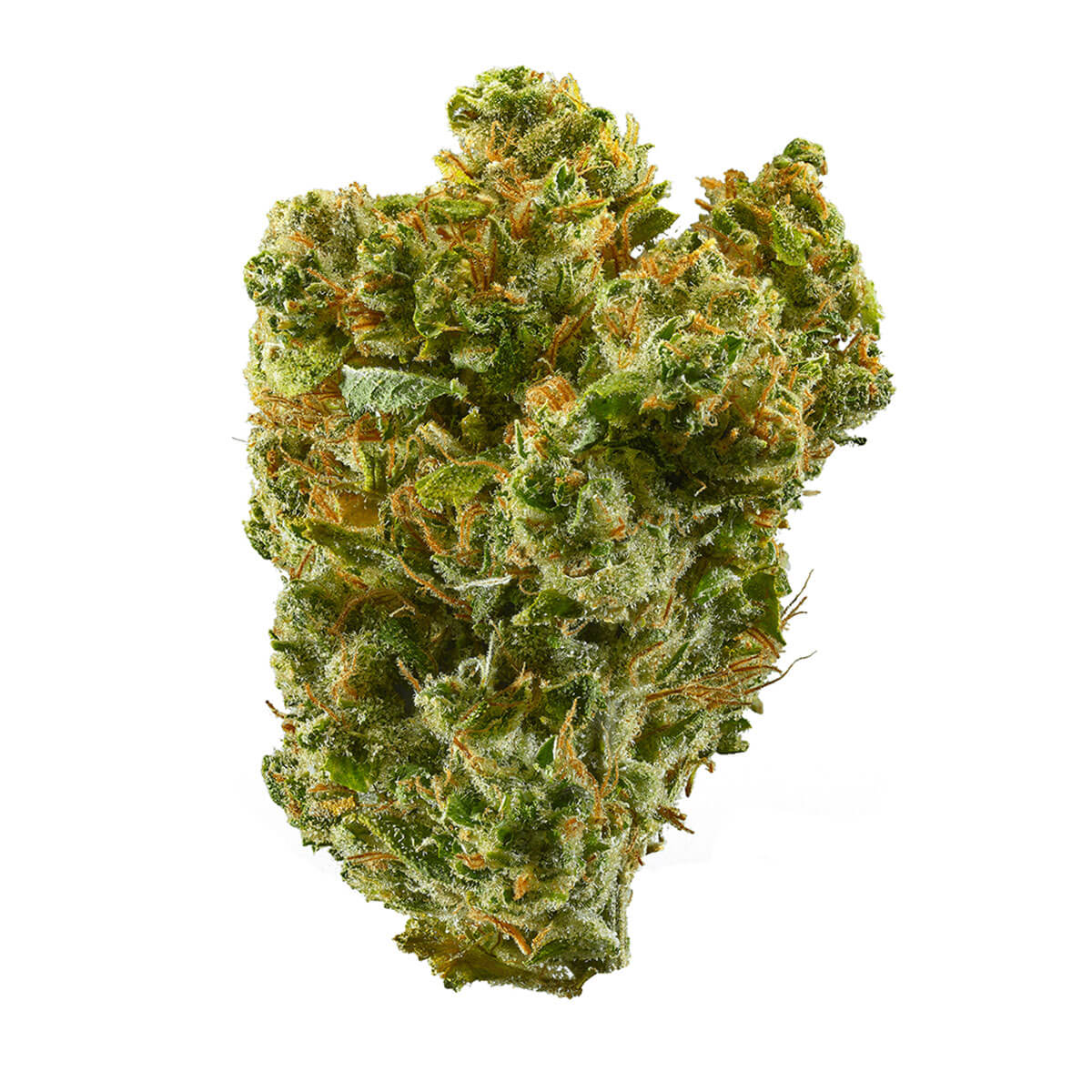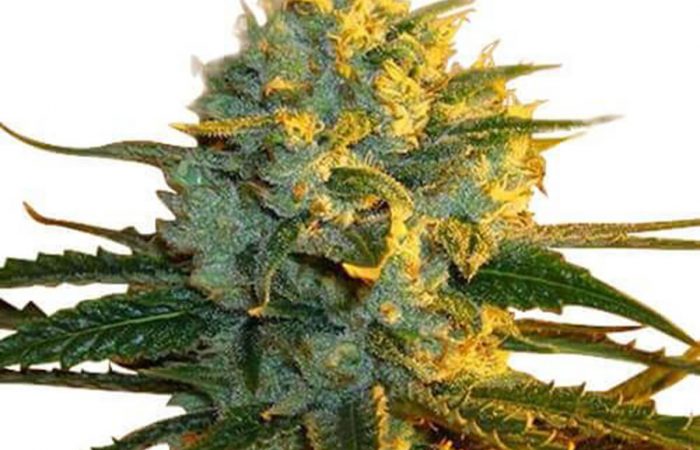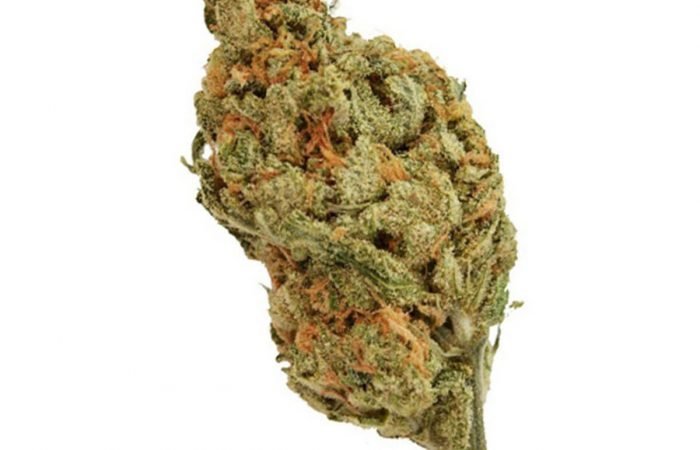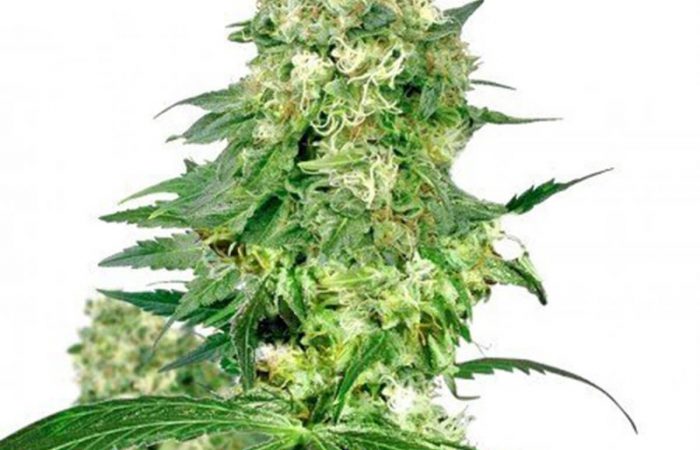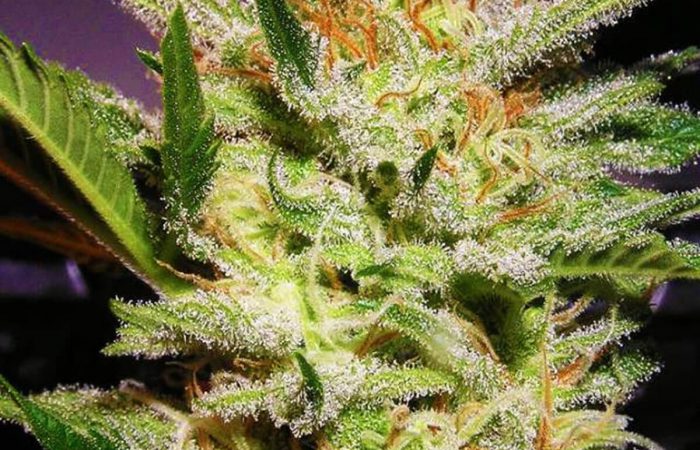Super Silver Haze is quite a generous cannabis variety of medium difficulty. It is a typical Sativa that grows 5 or 6 feet tall or more. Requiring ample upward space to thrive, a few plants of this strain can easily overcrowd or outgrow the cultivation area.
You are encouraged to grow Super Silver Haze outdoors if you are somewhere with a sunny and warm equatorial climate. This is a more affordable option that can provide up to 450 grams of fresh buds per plant. Another reason to grow outside is the strain’s good tolerance against pests, mold, powdery mildew, and common diseases that attack cannabis plants.
Growers who prefer a more discreet approach or would like to ensure a bigger harvest can grow indoors instead. A well-regulated, climate-controlled environment can produce up to 550 grams of sticky buds per square meter after a long 9 to 11 weeks of flowering. However, bear in mind that you’ll need plenty of vertical space for this lady and will likely have to perform some grow training techniques to manage its stretch.
The vegetative phase is the best time to start taming Super Silver Haze’s growth as it leaves the plant enough time to recover flowering begins. Here are the various methods you can perform during this stage:
Bending or low-stress training (LST). Both require tying the main stem down to keep tall cannabis plants within a manageable height. They also increase light penetration to the lower foliage and budding sites, resulting in bigger yields.
Topping. This is a more aggressive training approach that entails cutting off the top of the plant, where the primary cola would otherwise emerge. It forces the plant to bush out rather than grow upward and produce two colas instead of one, increasing the potential yield.
Screen of green (ScrOG). This method involves growing your plants through a mesh screen, encouraging their branches to grow outward and develop a carpet-like canopy. With more surface exposed to light, the plant not only stays relatively small but also more productive.
If you didn’t use a height-limiting technique while the plants were still vegetating, there are some methods you can try, albeit limited and less efficient.
Adjust the height of the grow lights. You’ll want to raise your lights higher to avoid burning your plants.
Lower light intensity. If you can’t raise your lights, lowering their intensity might help prevent light burn. Unfortunately, a decrease in yield is to be expected.
Reduce light hours. The plant’s growth will be restricted by less light. You don’t want to go too far since you might end up ruining your crop. However, lowering it to 11 or even 10 hours per day should hopefully prevent stretching at this stage.
Lollipop the plants. This is one of the few training methods used in the flowering stage. It necessitates the removal of all the plant’s lower growth, which absorbs much of its energy. The plant will grow on the shorter side and minimize moisture accumulation while increasing yield.
